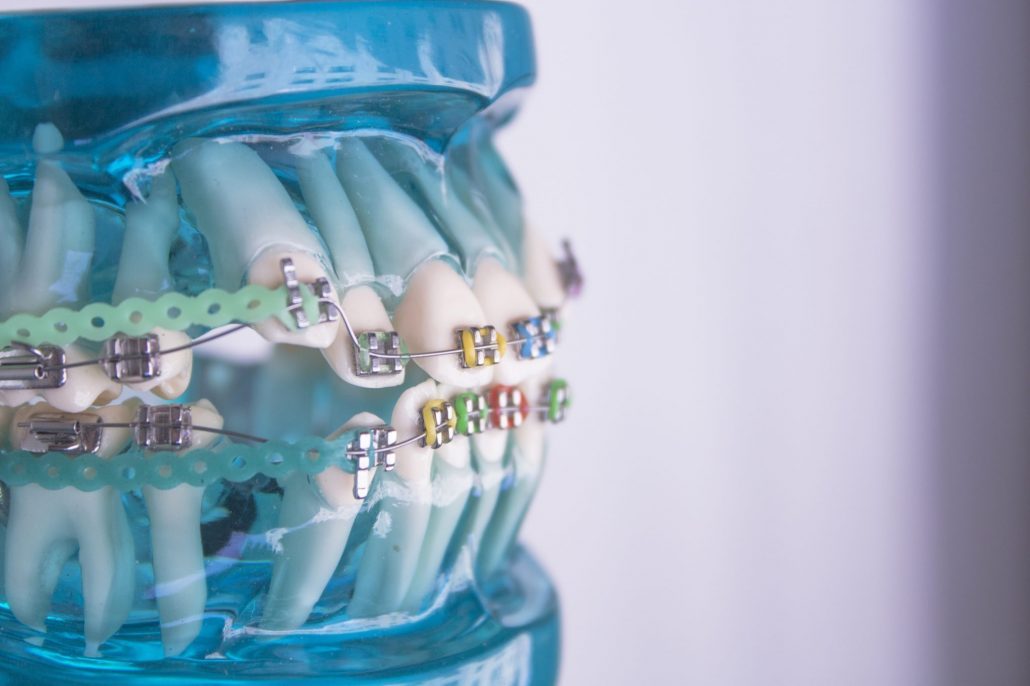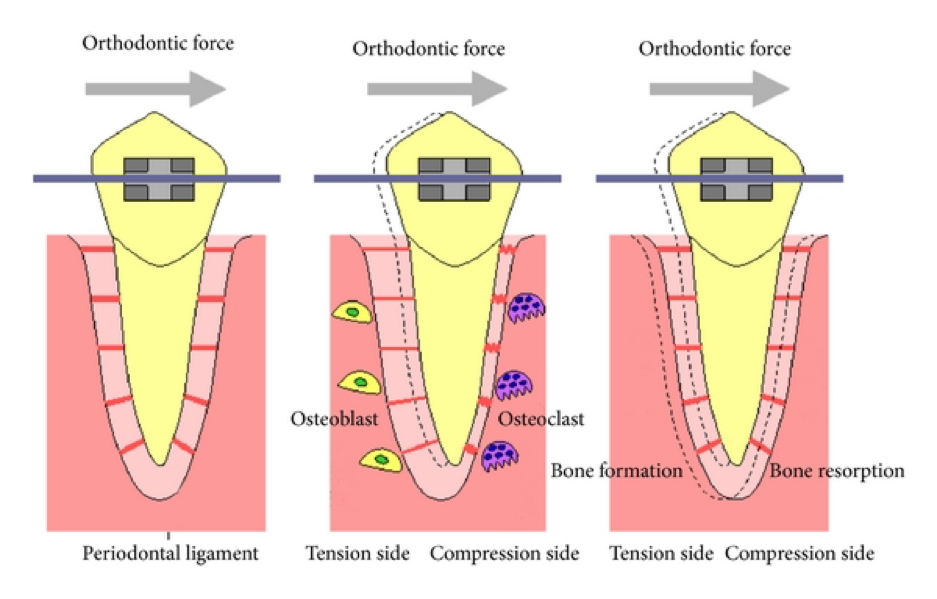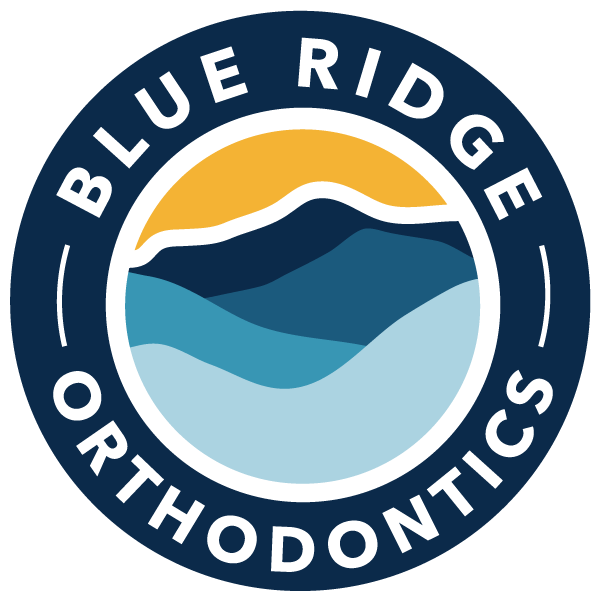How Do Your Teeth Move?
By Dr. Tyler Twomley
There are many mysteries in the universe. Who built Stonehenge? Is Pluto a planet or not? One question you may ponder is – how do teeth move? Tooth movement is a complex science. There are many factors that affect how and when a tooth can move.
Seen enough? Click here to book your free consultation with BRO

Still with us? Alright, let’s break it down…
To get a tooth to move, you need a combination of these three components: force, time, and space. Put any amount of force on a tooth over a period-of-time and you will see movement, as long there is space to move into. An orthodontist moves your teeth by pushing on them until we are happy and don’t want to push on them anymore.
Let’s Take a Closer Look
On a cellular level, there are a few things happening. Your tooth root is covered with a ligament, surrounded by bone. Pressure is applied to your tooth and it wants to move, but there is bone in the way. To get through the bone, the tooth dissolves some bone and then also replaces some bone.
The tooth uses osteoclasts (think little pac-men) to eat away bone in front of where the tooth will move. After it moves, there is a gap along the backside where the tooth just moved from. The tooth then uses osteoblasts (think road pavers) to lay down new bone along the backside of the tooth.

Orthodontists use a combination of either brackets and wires, or clear aligners to apply strategic pressure on certain teeth. At BRO, we carefully craft a treatment plan that outlines where the teeth will move, how they will move, and when to do each movement. Depending on a patient’s bite and smile, teeth may need to move up, down, turn, spin, or rotate.
Ready to get braces?
You can schedule your free initial exam right now!
If we haven’t answered all your questions here, just give us a call at 828-585-6045. The BRO team is here to help.


